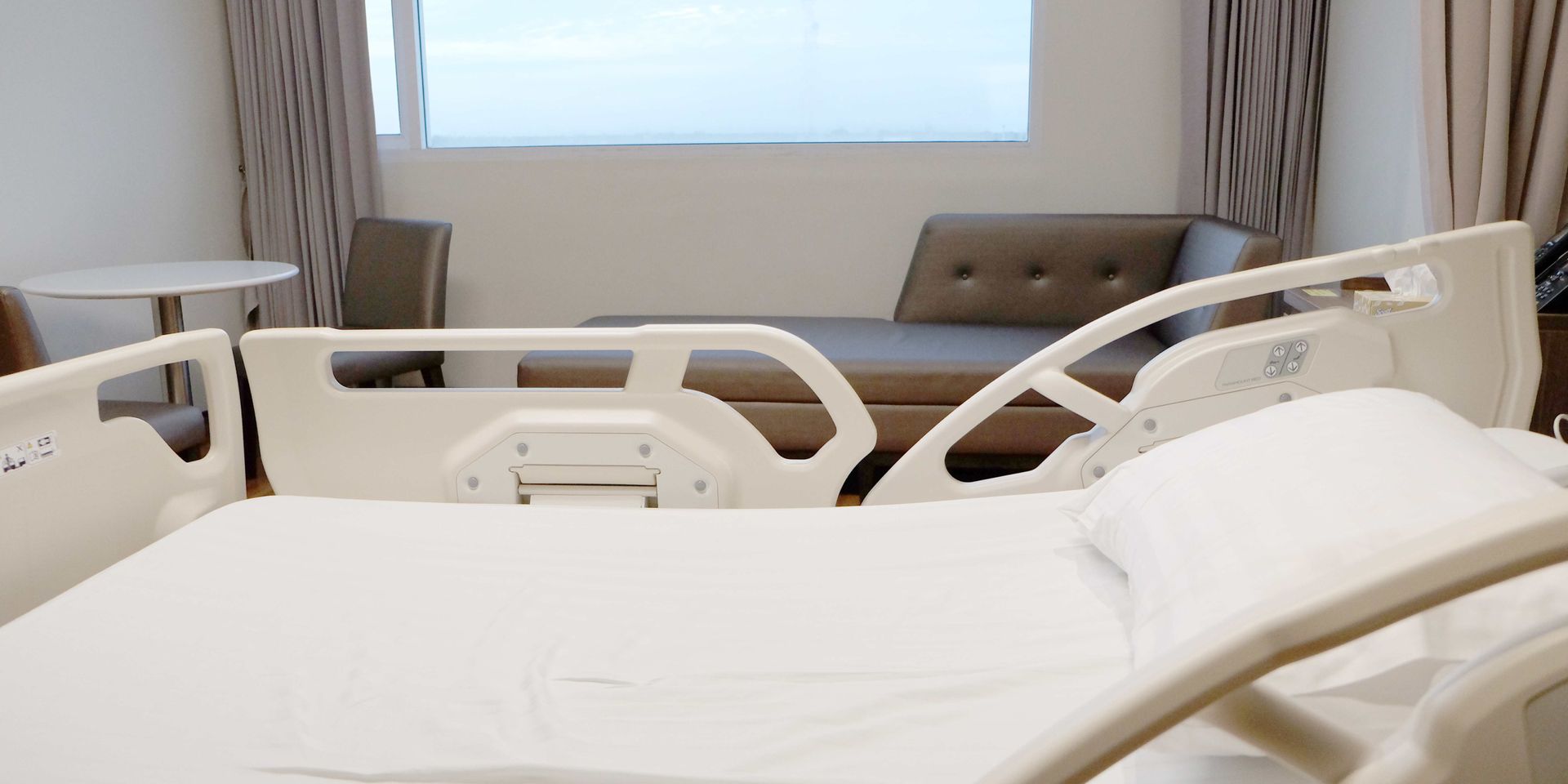When Mental Health Beds Close, Who Picks Up the Slack?
More than 60 acute mental health beds have quietly shut across New South Wales, sparking urgent questions for health executives across Australia. Is this the canary in the coal mine for our overstretched mental health system?

In January 2025, The Guardian revealed internal memos showing the closure of over 60 acute psychiatric beds across NSW hospitals. Even more alarming, hospital administrators appear to be preparing for mass psychiatrist resignations due to burnout, unsafe workloads, and under-resourcing.
For those in leadership, especially Directors of Clinical Services, this situation is more than a staffing challenge — it's a signal of system-level fragility.
📉 What’s Happening on the Ground?
- St George Hospital has shut its 20-bed psychiatric unit until further notice.
- Liverpool Hospital has closed 10 acute beds.
- Up to 34 additional beds have been taken offline across multiple hospitals, including Nepean and Prince of Wales.
The closures stem not only from workforce shortages but also from planned contingencies in case more psychiatrists walk away — a troubling indicator of how thinly stretched services have become.
🚨 Why This Matters to Executives
- Downstream Pressure on EDs & Community Teams - Acute bed closures don't erase patient need — they simply divert it. Emergency departments, community crisis teams, and GPs are left absorbing the overflow, often without the tools or capacity to manage complex cases.
- Staff Morale & Retention Risk - Leaked memos reveal leadership is preparing for resignations en masse — not just from one hospital, but across the state. This highlights a systemic issue with how we support and retain mental health specialists.
- Reputational & Clinical Risk - Prolonged closures of acute mental health services risk poor patient outcomes, negative media attention, and growing distrust from frontline staff.
🛠️ What Can Be Done?
While hospital-level executives may not control statewide funding models, they can take action in several key areas:
Early Engagement with Staff: Proactive, transparent engagement with psychiatrists and allied health teams could prevent exits before they escalate. Listen early. Act quickly.
- Flexible Service Design: Can short-stay or step-up/step-down models fill gaps while inpatient beds are down? Are virtual care models being underutilised?
- Clinical Partnership Models: Could regional hospitals pool psychiatric coverage or rotate on-call rosters more sustainably across LHDs?
- Leverage Data Strategically: Are you tracking the secondary impacts of bed closures — such as ED holds, community escalations, and readmission rates? These insights help make the case for resourcing — and innovation.
💡 Final Thought
The NSW situation underscores a reality many Australian health leaders already know: our mental health system is critically dependent on stretched workforce goodwill. As more beds close, the question isn’t just “where will these patients go?” — it’s “how long can the system hold?”
2025 must be the year we go beyond band-aid fixes. For mental health services to be sustainable, leadership needs to move decisively — not only to retain staff, but to redesign models of care that work under pressure.
